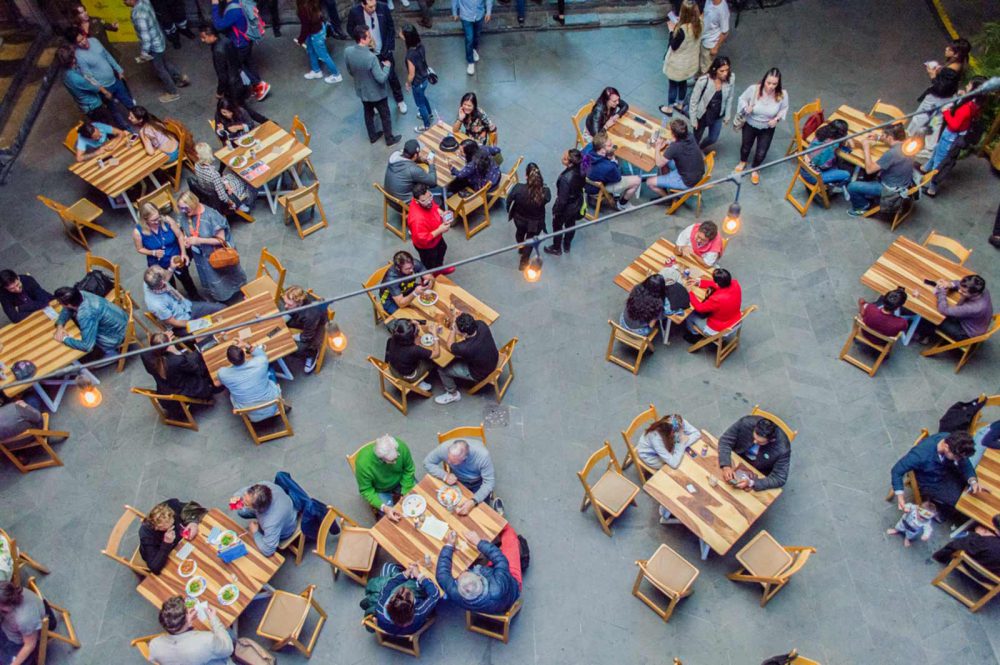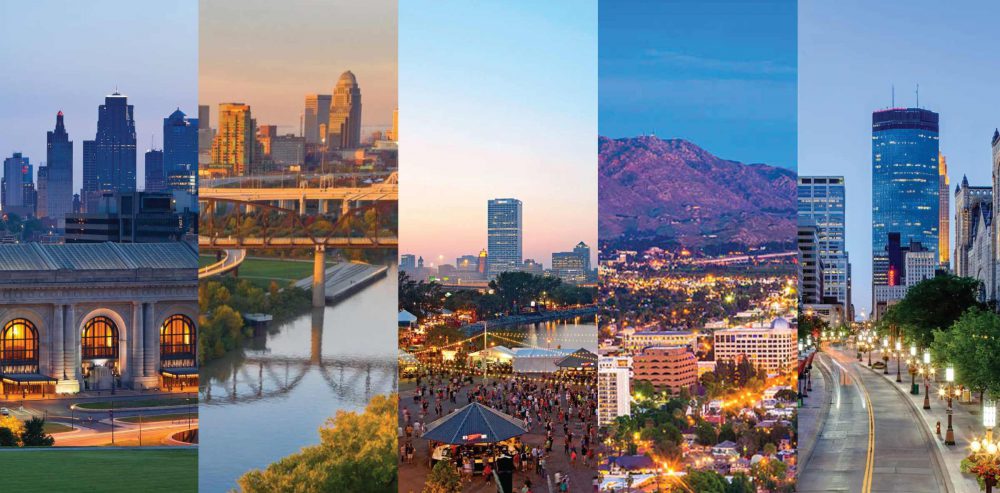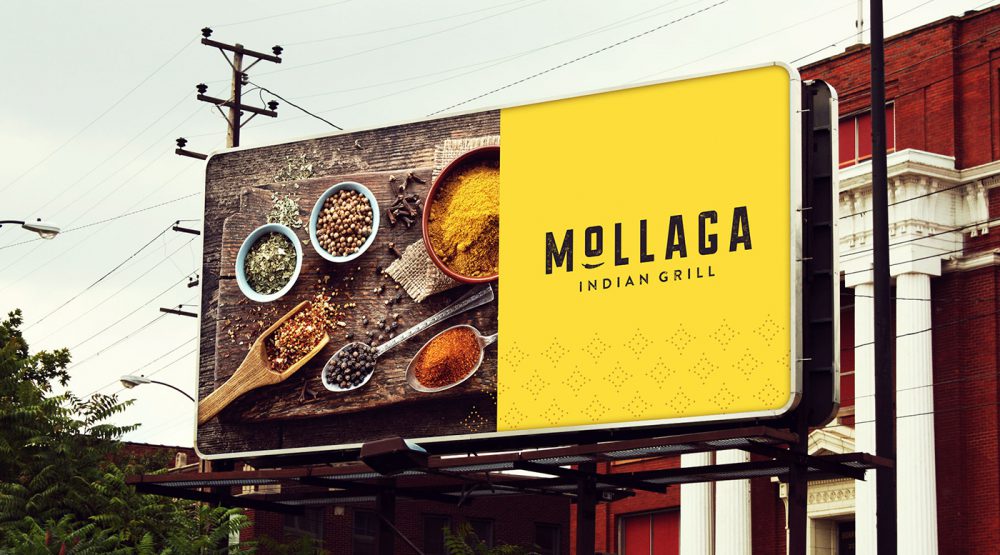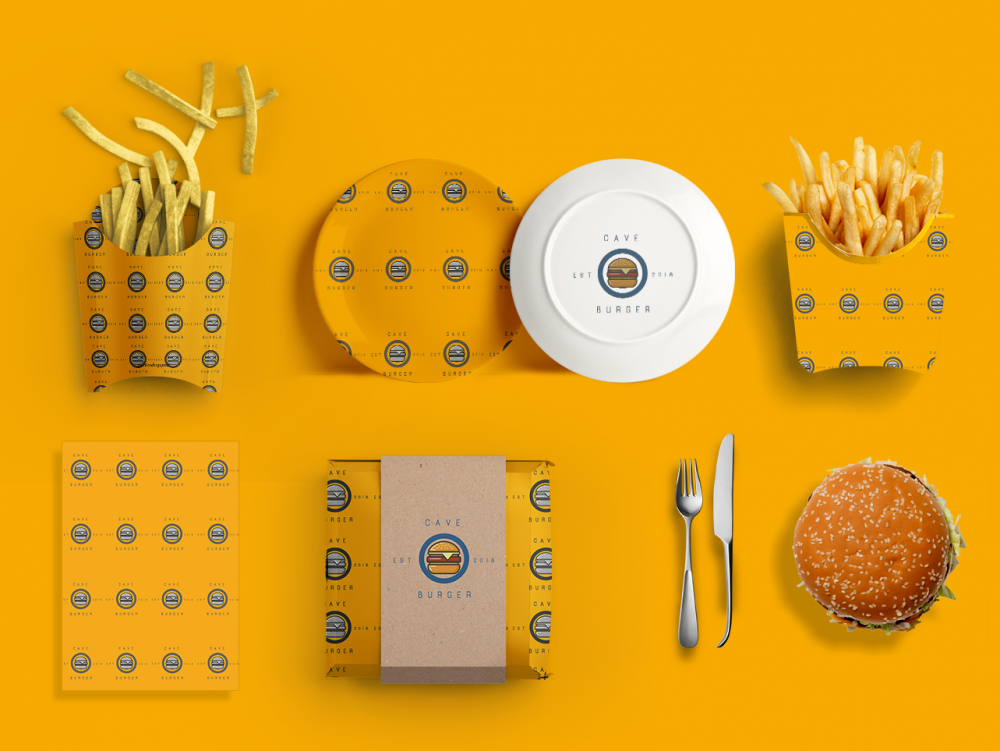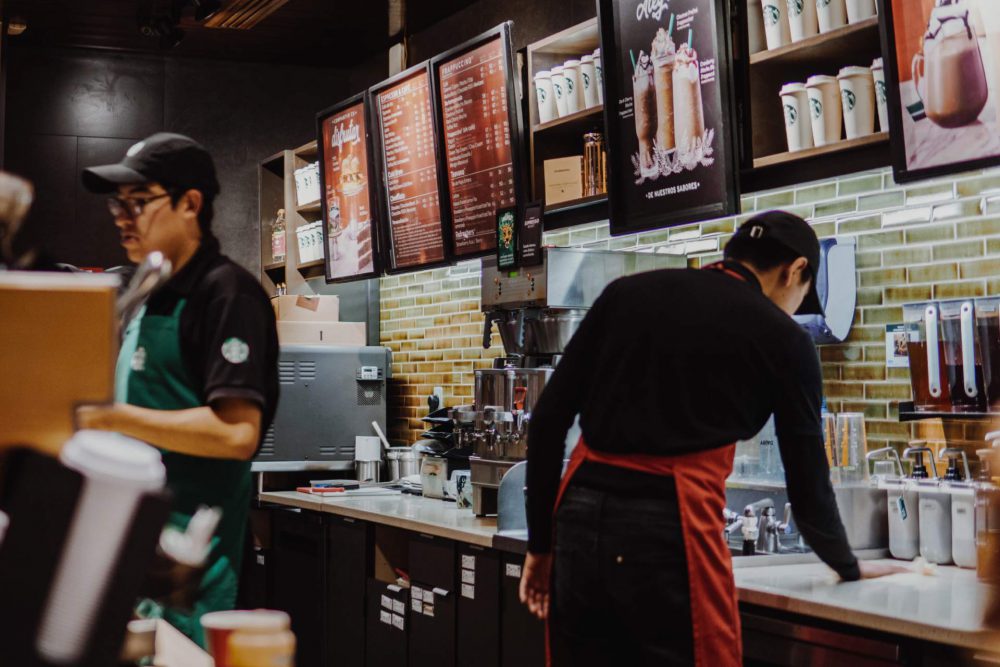Location Isn’t Everything – 7 Ways Your Restaurant Can Still Thrive Despite a Bad Location
May 8, 2019
Jeremy Wells
If you are planning to run a food-related business, you will almost always hear about how crucial location is. Many restaurateurs say that if you cannot open at the right location, you might as well not open at all.
Unfortunately, the perfect location may not be attainable for you. Space might already be occupied. The rent might be too steep. The neighborhood may already be too saturated by competitors. Or worse yet, you may find yourself in a bad location as you read this.
So, what are you going to do? Are you going to let this stop you? Should you go for it? Or just give up and blame it on your location?
Yes, there are times that a bad location can kill your restaurant. However, there are times when you can overcome this shortcoming. In fact, given the right strategy, you can use a bad location to your advantage.
What Is Considered as A Bad Location for A Restaurant?
Any location can be a good location for a food business. Why? Because people need to eat. And, there are people everywhere. However, to make a restaurant work, you need enough people to eat at your restaurant so that you can cover your expenses and hopefully make a profit.
Here are some reasons that a location could be considered “bad.”
Population & Neighborhood Type
When there are simply not enough people in the neighborhood, that may not be a good location for you to open a restaurant. For example, if the available space is in a residential area, that could potentially be a bad place for a restaurant.
Your lunch service is probably going to be non-existent because people are either in school or at work. You may still generate some profit if people choose your place at dinnertime, but you have to attract a lot of these people in order for your restaurant to survive.
Accessibility & Parking
Poor accessibility is another setback for a restaurant location. If the building where you plan to open does not offer any parking space, you will definitely turn off a lot of potential customers. For rooftop restaurants, a building with no elevator is not something you’d want to consider.
Market Profile & Demographic
Even if the area where you plan to open sees a lot of foot traffic, if your theme doesn’t suit the market’s needs, that is still a bad location. For example, if you are planning on opening a fine-dining restaurant and are offered a space near a university, you will probably not be seeing a lot of patrons.
Dispelling the Myth About Location Being Everything
One thing that you have to remember though is that location is just one of three major things to consider when opening a restaurant. Some great establishment has been known to thrive despite being situated in some hidden nook.
How did they become successful? They focused on the other two factors: food and service. If you have no other choice but to get a space that is not the most ideal for your type of food establishment, you need to make sure that your food is excellent and the service that you offer is impeccable.
A good example of a restaurateur who has succeeded despite location challenges is Joseph Gidman, owner of Cafe Cusco and Van Gogh’s Eeterie.
Both of his restaurants are located in a part of town that has battled perceptions of being dangerous, run down, and depressed. Yet, his two restaurants have been experiencing overwhelming success because he decided to not use his “bad location” as an excuse.
I sat down with Joseph to ask him a few questions about what he attributes his success to, and here is an excerpt from that interview:
“When it opened it was a terrible location because the area felt dangerous and run-down. There was a perceived danger because it was a low-income area.” But he didn’t let the negative stigma bother him, and decided to take a different approach.
“We basically made a point to always, always, always, accentuate the positives. We knew there were negative thoughts and views, but we ignored the negative and only focused on the positive aspects of the location.”
Another aspect that he attributed his success to is the fact that his restaurants were “so unique and different. There wasn’t another place or option to get that style of food.”
He acknowledged, “sometimes the location is the factor, but,” he says, “sometimes you need to look around you. Sometimes people stay in their doors and think it’s the area and not them.”
Joseph also suggested that if other restaurants in the area are succeeding, then it may not be a location, it may be you. “People have to be open to acknowledging what they are doing is failing and change their mode of operation.” Yet, the bottom line, Joseph says, is that “a bad business is going to fail no matter where it is – no matter if it’s a good location or bad location.”
This is just one example of a restaurant who didn’t let a “bad location” stop them from experiencing success, and I’m sure there are many, many more. But if your restaurant is struggling and you think your location is the big reason, here are some ideas that could help.
1. Fine-Tune Your Restaurant’s Unique Selling Point (USP)
What makes your restaurant concept unique?
What sets you apart from the other establishments that are already in the neighborhood? You need to focus on this instead of dwelling about the site where your restaurant will be situated.
Take time to sit down and pretend that you are a customer. Think of all the reasons why that customer will choose your establishment over another. One of the first things that you need to consider is a special service that you can offer your clientele.
Can you offer valet parking if the location has issues with parking space? Do you want to have a “money back” offer should the customer not be fully satisfied with the quality of your food?
How about your food? What makes it special? Will your restaurant offer the best wine selection in the area? Will you be using special ingredients? Some restaurants stand out because they use ingredients that have been specially imported from certain locations.
For example, some restaurants import real Kobe beef from Japan. This is a huge pull for patrons who are interested in trying this type of meat.
Don’t forget about the ambiance. Some patrons come to a food place simply so they could take pictures of the interesting interior.
Is it great for an intimate dining experience or will you be catering to large groups? Will there be unique items on display? Is there a theme? Consider these for your USP and lean into it.
Once you have your USP in place, you can use it to craft your marketing plan. Remember, your unique selling point needs to be “unique”. Additionally, you need to be able to back this up.
If you promise to use the freshest, imported ingredients, you need to really use the freshest imported ingredients in your dishes. Otherwise, your patrons will not make the effort of visiting you in your not-so-ideal location.
2. Serve Great Food and Provide Amazing Service
Since your business is about food, your success will actually hinge on your food. You can be situated in the middle of a high foot traffic location with great visibility but if your food is not good, you will still fail.
Know that if people discover how amazing your food is, they will make the time and effort to visit your restaurant no matter where you are.
Additionally, being unique can only take you so far. Serving something that patrons haven’t tried before will be enough to attract first-time customers. However, it is the quality of your food that will make them come back.
Instead of putting all your money in rent, why not invest in hiring great cooks?
Invest in better ingredients. Hire knowledgeable servers.
By providing your customers with the best dining experience, they will no longer remember the inconvenience of getting to your establishment. You can be situated at the top of a building with no elevator and you will still have patrons lining up to get in.
Work on creating a signature dish that is not offered by any other restaurants nearby. Have your servers learn the names of your patrons.
Tell them to go the extra mile in giving the customers what they need. These are the thing that will have customers coming back no matter how bad your restaurant’s location is.
3. Invest in Effective Marketing
Even restaurants that are situated in great locations still need to employ great restaurant marketing strategies because there are so many other food establishments around. If you have a bad location, you need to work harder to get the word out about your food establishment.
Again, instead of forcing yourself to pay exorbitant rent, use the rent money you’d save to aggressively “sell” your restaurant.
Luckily, you don’t have to work too hard or spend too much on marketing forever. You can ease up on marketing once the customers discover your establishment.
Start with marketing on a grass-roots level. Target the people who are already in the vicinity of your restaurant. Distribute fliers and put up posters within a few miles of your area.
You can even take help from a restaurant marketing agency. Will cost you some money but it works. They will be able to give some good restaurant tips, that will help you in the long run. Also, you will get to know about restaurant technology and different restaurant trends.
If your restaurant will be situated in a hidden location, you need to make your signage really very visible. Creative signages that attract attention will serve you well.
Work on incorporating your specials, promos, and discounts to convince anybody who would see it give your joint a try. You don’t have to limit yourself to static signages.
Invest in eye-catching paper bags and, if you are going to offer food delivery, invest in signages for your delivery vehicles.
Don’t forget to invest in online marketing. In fact, this could be the most important aspect of your marketing campaign. Establish a good social media presence. Post pictures of your dishes, your restaurant’s interiors, and your customers on Facebook and Instagram.
Encourage your customers to post reviews about your establishment. List your joint on Yelp and Zomato. Pay for a good website. You can post promo coupons and tie this site with your loyalty programs.
4. Consider Offering Delivery Options
If you are going to be situated at an out-of-the-way location, it is a must to give your patrons another way for them to get to your food. If they cannot come to you, bring the food to them.
This is why it is important for your restaurant to have a website. This way, your customers can opt to get their food delivered by ordering online. You can also have a phone line installed so that customers can phone in their orders.
There are now so many delivery services offered that you don’t even have to buy your own delivery vehicles. But if you do decide to invest in that, make it work doubly hard for you by equipping it with good signage.
Consider also offering delivery guarantees and other promos that will encourage more customers to keep on buying food from your establishment.
You can offer free side-dishes if they reach a certain amount per order. Or you can give them discounts if the food doesn’t reach them in a timely manner.
5. Establish A Loyalty Program That Is Worth the Customer’s While
Having a loyalty program will give your patrons extra reasons to keep coming back to your establishment. Of course, you have to first give the customers a reason to come back besides the chance to get free meals.
Once people know that you provide great food and good service, you will be able to entice them to join your loyalty program.
Make the offers worth the customer’s time and effort. You can offer free meals for a certain number of visits. You can also offer special dishes only to the people who are members of the program.
This also cultivates a sense of exclusivity. When people see other patron’s getting served special dishes, they’d be compelled to join your program.
How do you do it? You can have an application made where your patrons can create an account and sign up for your loyalty program. This is probably the most effective way to enforce a loyalty program as it eliminates the need for a customer to bring physical cards.
Additionally, since people are always on their phones, you can easily remind them about your promos. You can also go the traditional punch card route and give your customers a physical card which they have to show every time they dine at your establishment.
You can offer free meals or desserts for a certain number of ‘punches”. There are also automatic reward systems that you can explore. Although this may have an additional cost.
6. Collaborate with Other Businesses in Your Area
Developing ties with other businesses in your area is a good idea if you want to beat the competition and overcome the barriers posed by your bad location.
For example, you can provide food for a late screening at a nearby cinema. You can also cater to special events at nearby schools or libraries.
This is a good way for people to discover your restaurant. While there, you can distribute flyers and promo pamphlets that can encourage your potential customers to give your joint a try.
7. Know Your Market by Doing Extensive Research
Before committing to a location, find out why the space is available. Inquire about what happened to the other business that closed up. Learning from the failures of others can help you avoid doing the same thing.
Find out what cuisine people enjoy in that area. Make sure that your menu corresponds to that. For example, if you plan on opening near a school, make sure that your food and price point suit the taste and budget of your possible patrons.
If you find out that the lunch crowd is going to be your meal ticket, adjust your food lineup and bolster the number of your servers during that time.
Determine what type of food is already being served in your area. This will help you identify what will make your establishment stand out. If there are already two or three vegan restaurants in your neighborhood, what can you do to make your food stand out?
Conclusion
While having a good location is ideal, it is not very easy to come by. This does not mean that it is the end of the line for your restaurant dream.
There are so many things that you can do in order to overcome this shortcoming.
Remember to focus on your food and service. Give your customers enough reasons to seek you out no matter where you are.
Jeremy Wells
Partner at Longitude°
Jeremy is the author of Future Hospitality and Brand Strategist at Longitude°. As a member of the Education Committee for The Boutique & Lifestyle Leaders Association (BLLA) and a content contributor to Cornell University’s Hospitality Vision and Concept Design graduate program, he is a committed thought leader in hotel branding, concepting, and experience strategy.

